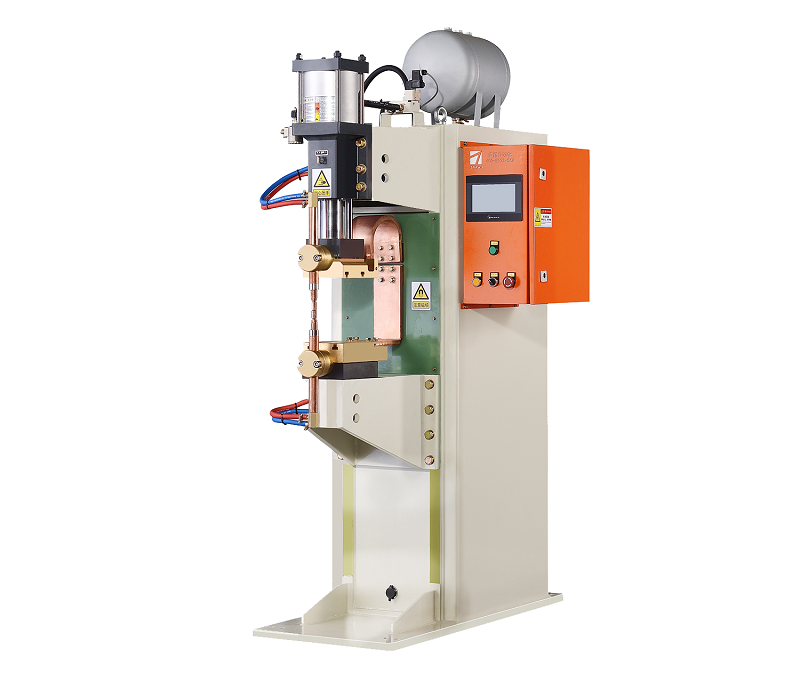Influence of Electrode Pairing on Welding Quality of Medium Frequency Spot Welder?
Medium frequency spot welding is a widely used technique in various industries for joining metal components. The quality of spot welding is influenced by several factors, and one crucial aspect is the pairing of electrodes. In this article, we delve into how the choice of electrode pairing can impact the welding quality of medium frequency spot welders.

Electrode pairing refers to the combination of the upper and lower electrodes that apply pressure and current to the workpieces during the welding process. The electrode materials, shapes, and conditions play a significant role in determining the success of the weld joint. Let’s explore the key ways in which electrode pairing affects welding quality:
- Electrode Material: The choice of electrode material can greatly influence the welding process. Different materials have varying electrical conductivity, thermal conductivity, and wear resistance. For example, using electrodes made of materials with high thermal conductivity can help in efficiently dissipating heat, preventing overheating of the workpieces and achieving consistent welds.
- Electrode Shape: The shape of the electrodes impacts the distribution of pressure and current during welding. Well-designed electrodes ensure even pressure distribution, reducing the likelihood of defects such as indentations or insufficient penetration. Moreover, the shape of the electrode tips can affect heat concentration, affecting the weld nugget formation.
- Electrode Condition: Electrodes undergo wear and tear over time due to repeated use. Worn-out electrodes can lead to inconsistent welds and lower quality joints. Regular maintenance and monitoring of electrode condition are essential to ensure optimal welding performance.
- Electrode Pair Compatibility: Electrodes should be paired considering their compatibility. Mismatched electrodes can result in uneven pressure distribution, leading to uneven welds. Ensuring that the upper and lower electrodes are a suitable match in terms of size and condition is vital for producing high-quality welds.
- Process Parameters: The choice of electrode pairing can also influence the welding parameters chosen for a particular application. Different electrode materials and pairings might require adjustments in current, pressure, and welding time to achieve the desired weld quality.
In conclusion, the selection of electrode pairing is a critical factor in determining the welding quality of medium frequency spot welders. It affects various aspects of the welding process, including heat distribution, pressure application, and overall weld consistency. Engineers and welding professionals must carefully consider electrode material, shape, condition, and compatibility to ensure optimal welding outcomes. Regular maintenance and monitoring of electrodes are essential for prolonging their lifespan and sustaining high-quality weld production.